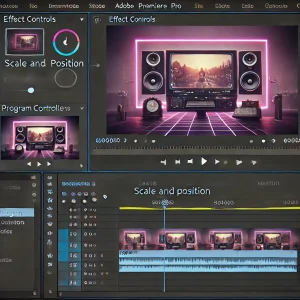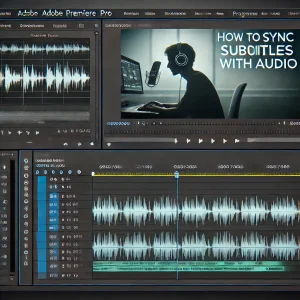
How to Create a Slow Motion Effect in Adobe Premiere Pro
Slow motion is a popular video effect that adds drama or emphasis to a scene. Adobe Premiere Pro provides multiple methods to create smooth and professional slow-motion effects. Here’s a step-by-step guide to mastering this technique.
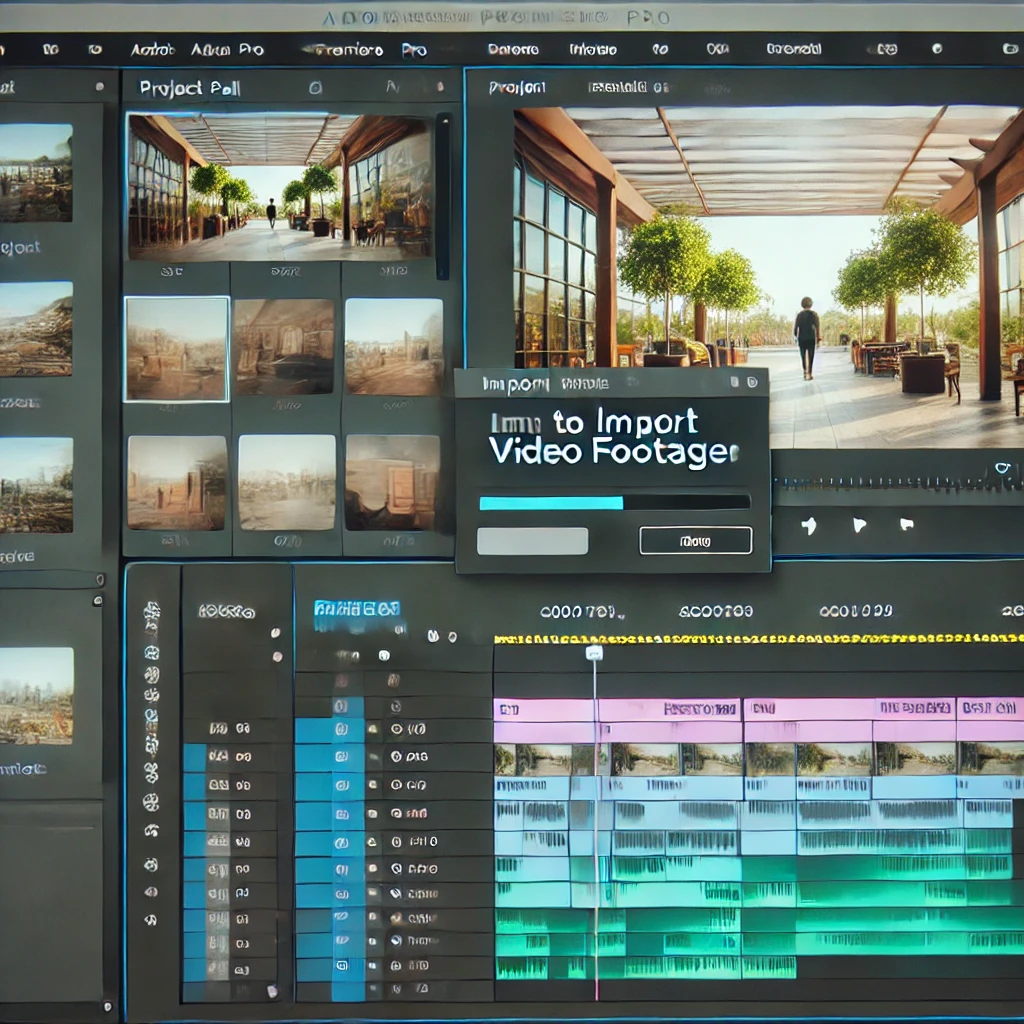
Step 1: Import Your Footage
The first step is to import the video clip you want to apply the slow-motion effect to. Organize your footage into bins for better management.

Step 2: Check the Frame Rate
Ensure your footage has a high frame rate for smoother slow-motion effects. Use the Properties option in the Project Panel to check the frame rate.
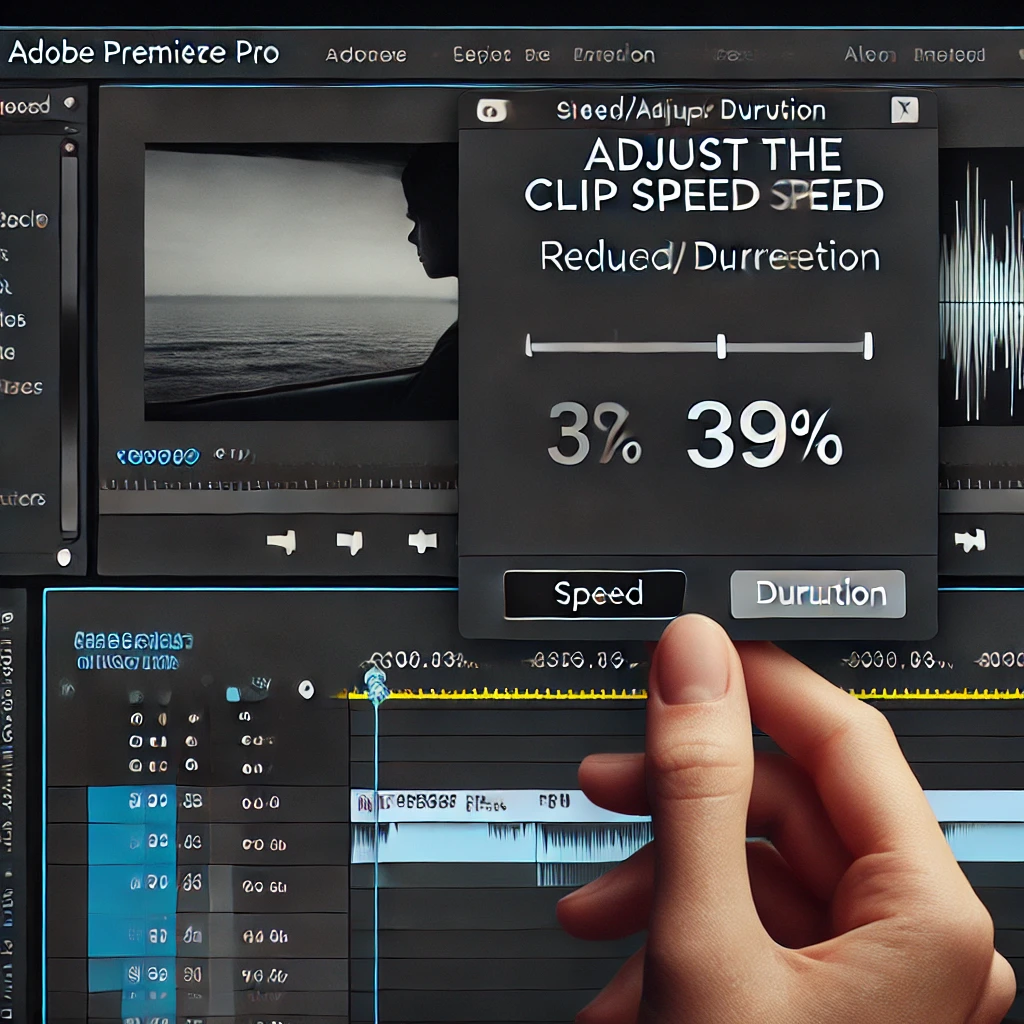
Step 3: Adjust Clip Speed
Use the Speed/Duration settings to slow down your footage. Reduce the speed percentage and enable Optical Flow for smoother slow-motion effects.

Step 4: Use Time Remapping
For more control, use Time Remapping to dynamically adjust speed. Add keyframes in the Effect Controls Panel and fine-tune the speed on the timeline.
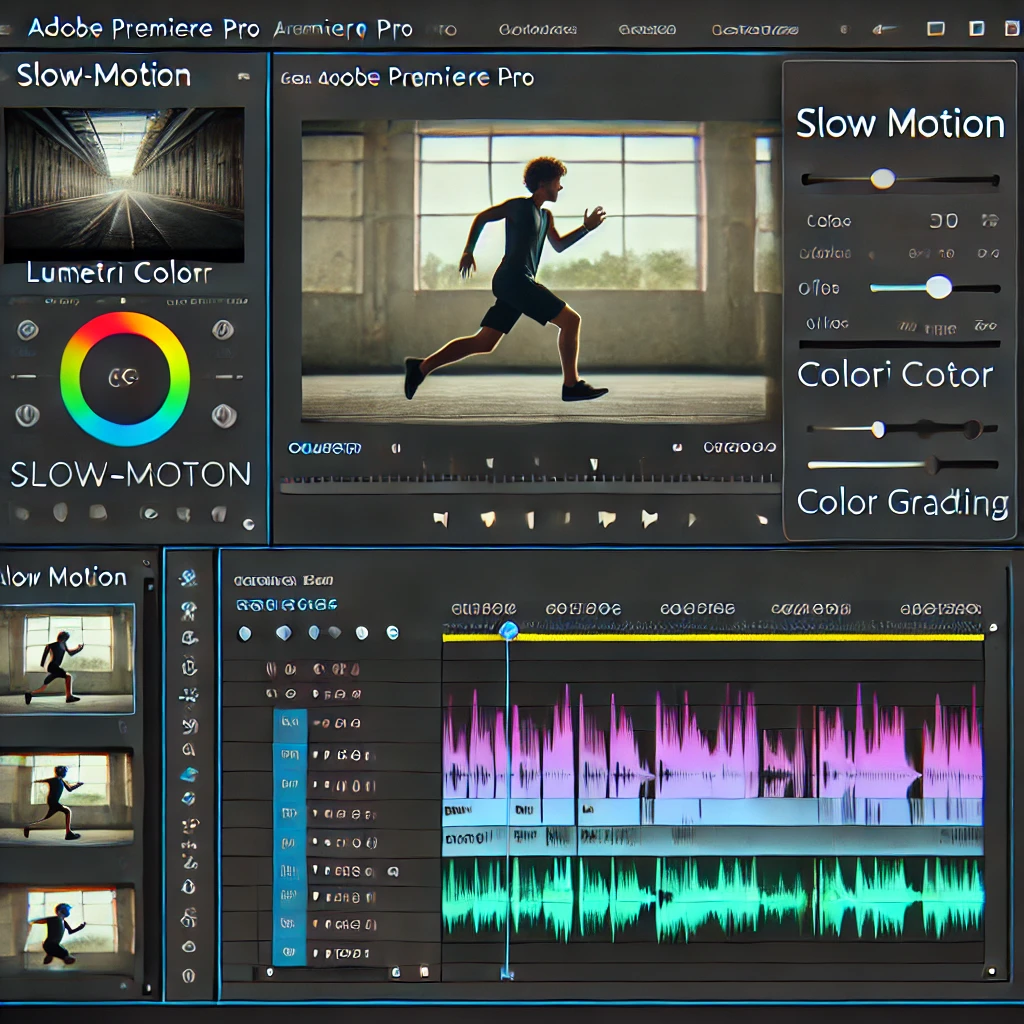
Step 5: Fine-Tune with Effects
Enhance your slow-motion effect with color grading using the Lumetri Color Panel. Add a slight motion blur for a cinematic look.
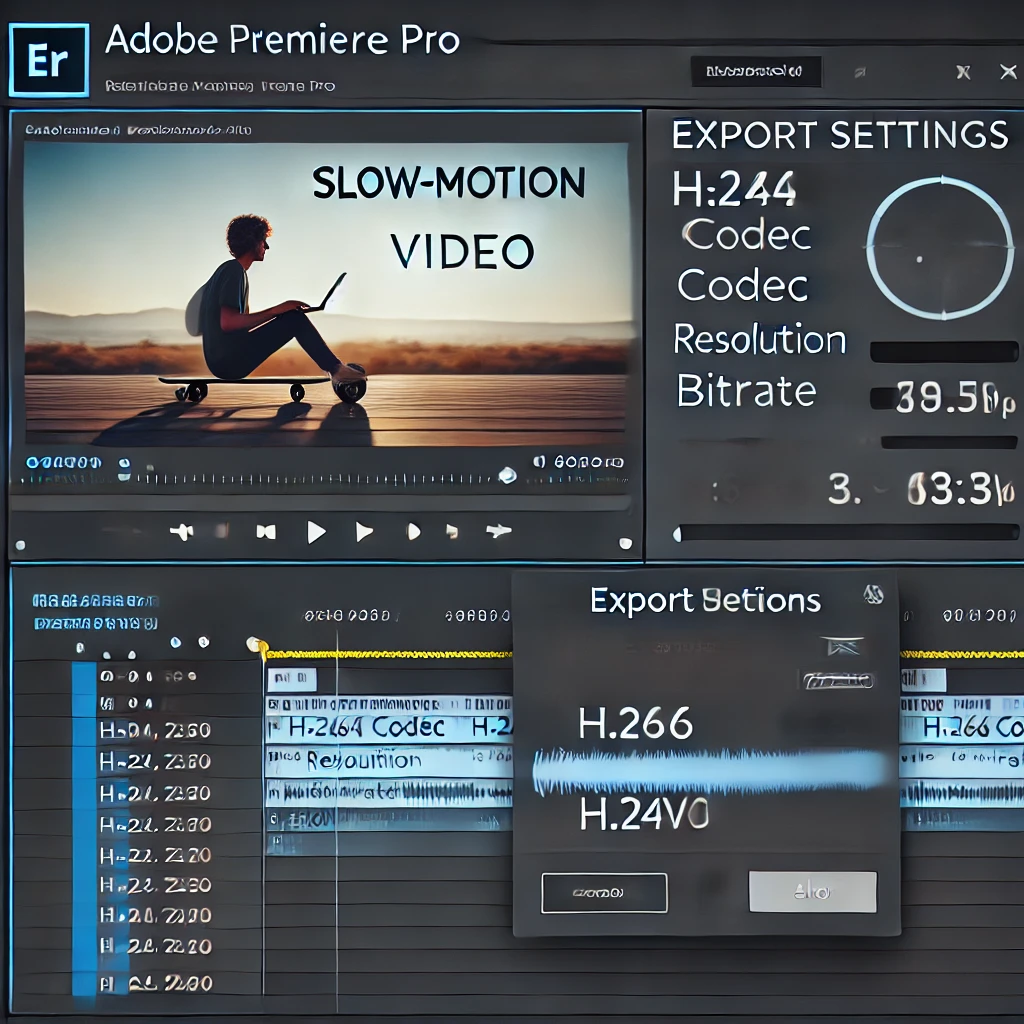
Step 6: Export Your Slow-Motion Video
Render your slow-motion video for smooth playback. Use the Export Settings Panel to select H.264 codec, resolution, and bitrate for high-quality output.
More Stories
How to Add Transitions Between Clips in Adobe Premiere Pro
Transitions are a great way to make your video edits seamless and visually engaging. Adobe Premiere Pro provides a variety...
How to Stabilize Shaky Footage in Adobe Premiere Pro
Shaky footage can distract viewers and reduce the quality of your video. Adobe Premiere Pro provides an excellent tool, Warp...
How to Add and Sync Subtitles in Adobe Premiere Pro
Subtitles are an essential part of video editing, improving accessibility and engagement for a global audience. Adobe Premiere Pro offers...
How to Create a Split-Screen Effect in Adobe Premiere Pro
The split-screen effect is a powerful way to display multiple video clips simultaneously, allowing for creative storytelling or comparisons. Adobe...
How to Edit Audio in Adobe Premiere Pro
Audio editing is a crucial part of video production. Adobe Premiere Pro provides powerful tools for editing audio to ensure...
How to Add Text and Titles in Adobe Premiere Pro
Text and titles are essential elements in video editing, used for introducing scenes, adding subtitles, or enhancing storytelling. Adobe Premiere...

